Miles Davis Was a Secret Car Enthusiast Superhero
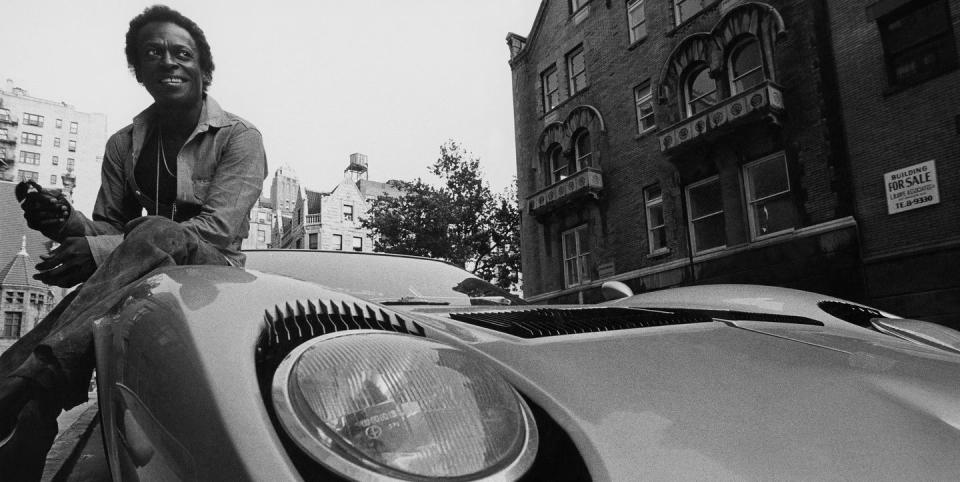
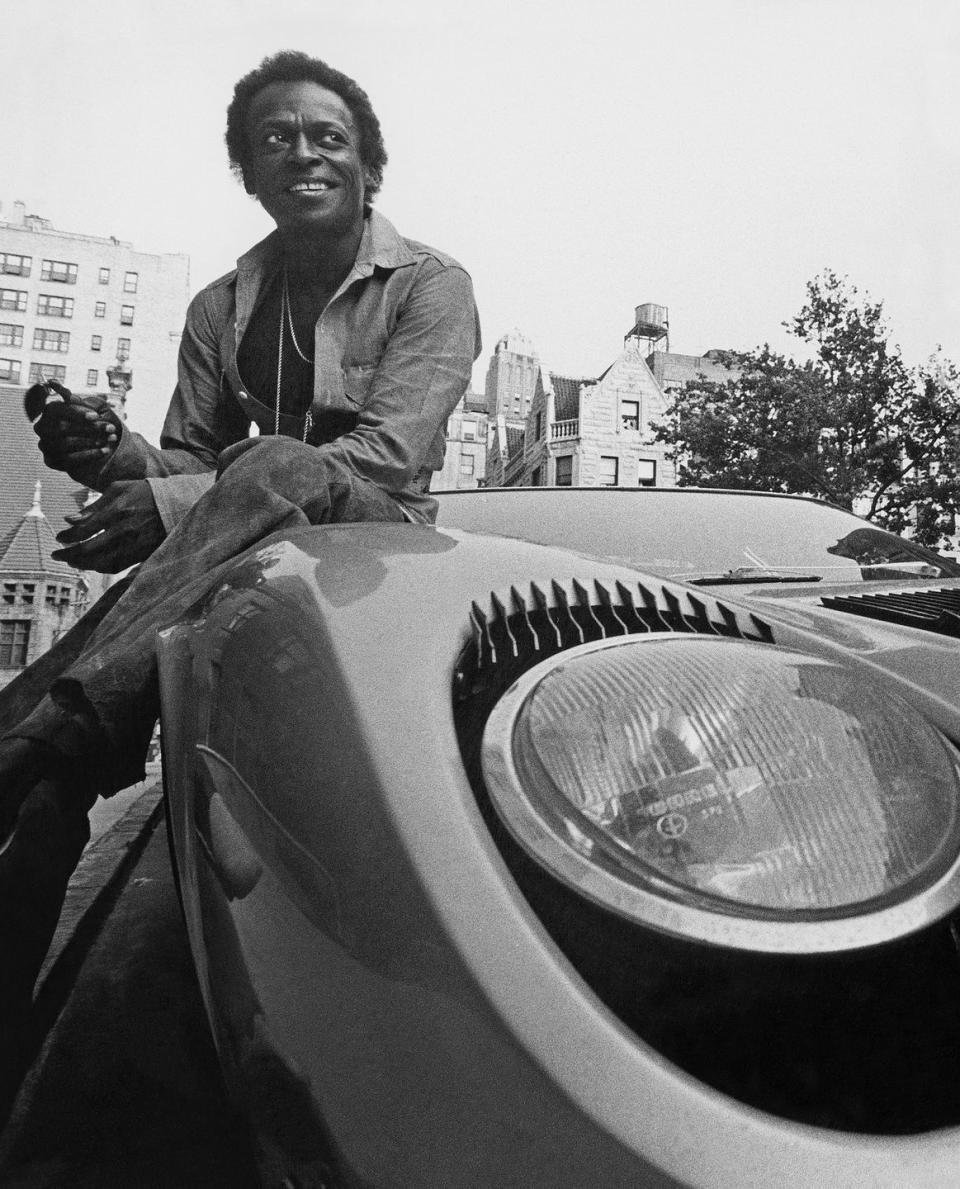
His First Ride Was A Horse.
Growing up, Miles Davis spent summers in Noble Lake, Arkansas, where his grandfather gave him his own horse at age seven. Horseback riding, like trumpet improvisation, required skill and sensitivity, physical prowess and keen mental attunement, knowledge acquired through hours of practice and experience. When Davis arrived in New York—at age 18, in September 1944, to pursue his trumpet studies at Juilliard, or so his parents thought—the first thing he did was go looking for Charlie Parker and Dizzy Gillespie. The second thing was search for horse stables, which he found on the Upper West Side. “The attendants looked at me strange, I guess because they weren’t used to seeing a black person coming to ride horses,” he later wrote. “But I just figured that was their problem.”
This story originally appeared in Volume 15 of Road & Track.
Miles Davis was a frontiersman. He had influences but no antecedent, followers but no true inheritors. His music opened doors into spaces no one else thought, or dared, to explore. Sometimes it did this with delicate precision, sometimes with stomping freedom, using electronics to map new territory far outside of existing traditions. But once he seized control of his art, he pursued a music without limitations. He didn’t want to play in jazz clubs. He needed bigger spaces, younger audiences, louder sounds. He was restless, changing, aesthetically omnivorous. He shifted his sound. His clothes. He was Dylan before Dylan, Bowie before Bowie. He dared others to keep up.
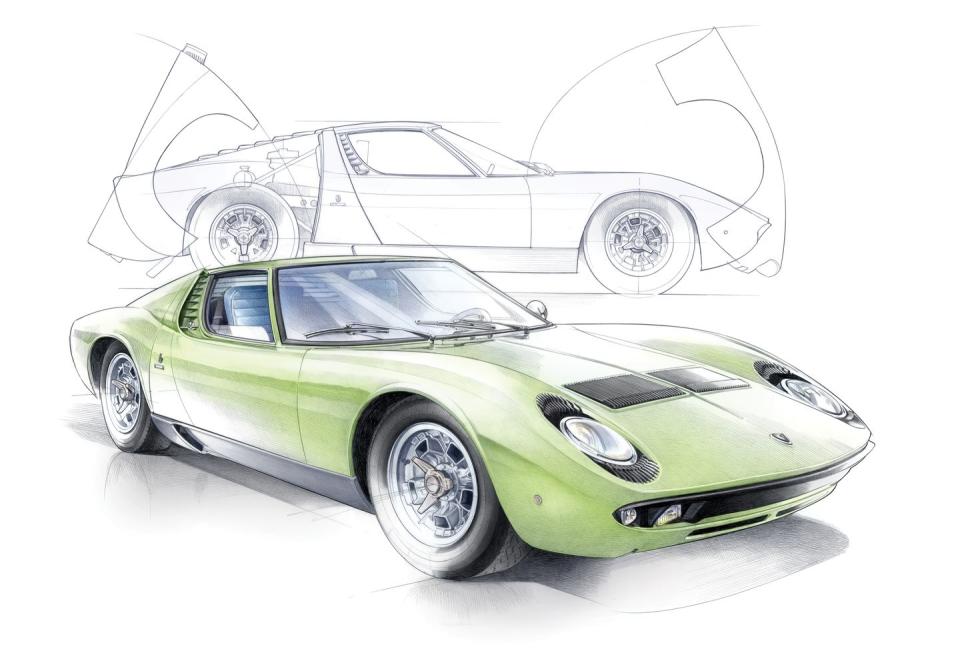
And one thing linked it all: the life he led, the music he made, the clothes he wore, and the smart—almost perfect—series of cars he drove over the course of his life.
“My motion had to be forward.” These are some of the first words in his autobiography.
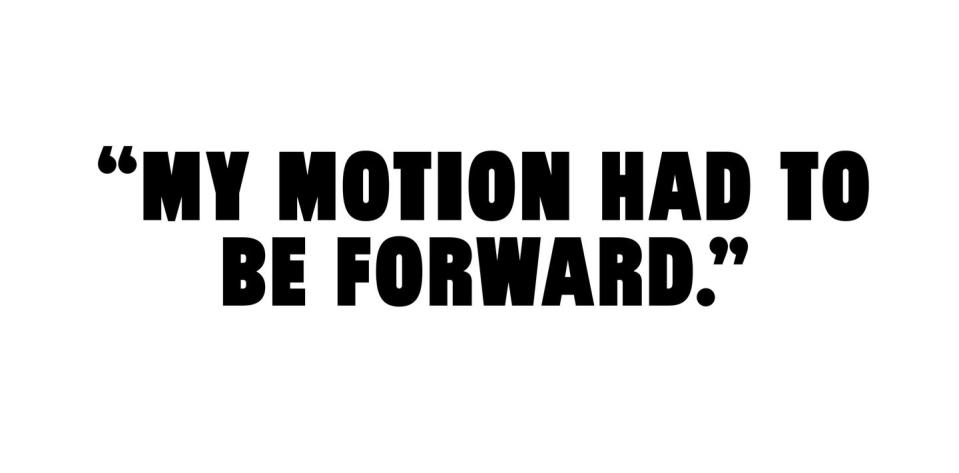
So the problem of seeing a Black man on a horse only grew when his art brought real money and he traded up in horsepower. Even when he was famous, people—the police, in particular—looked at him strangely because they weren’t used to seeing a Black man behind the wheel of a Ferrari 275 GTB/4 or a Lamborghini Miura. “By me having a $60,000 yellow Ferrari, being black and living in a beachfront house in Malibu, the police have already stopped me three times,” he told Quincy Troupe in 1985 for an article in Spin. “This happens all the time. They’re always saying they thought I was drunk, that I was weaving all over the place. This happens especially at night on the Pacific Coast Highway.”
There were almost as many such stories as there were cars, and there were a lot of cars. He used the first royalty check from his first album on Columbia, 1957’s ’Round About Midnight, to purchase a blue Mercedes 190SL. The car winked at him, he said, from the showroom floor every time he passed it. And so he made it his. This love, though, was not long lasting, and he soon replaced the Mercedes with a Jaguar XK120. But that romance was also short lived. The Jaguar had too many limitations. He’d bought a home at 312 West 77th Street, and when he turned onto the West Side Highway off of 96th Street, the Jag simply didn’t have the pop he needed.
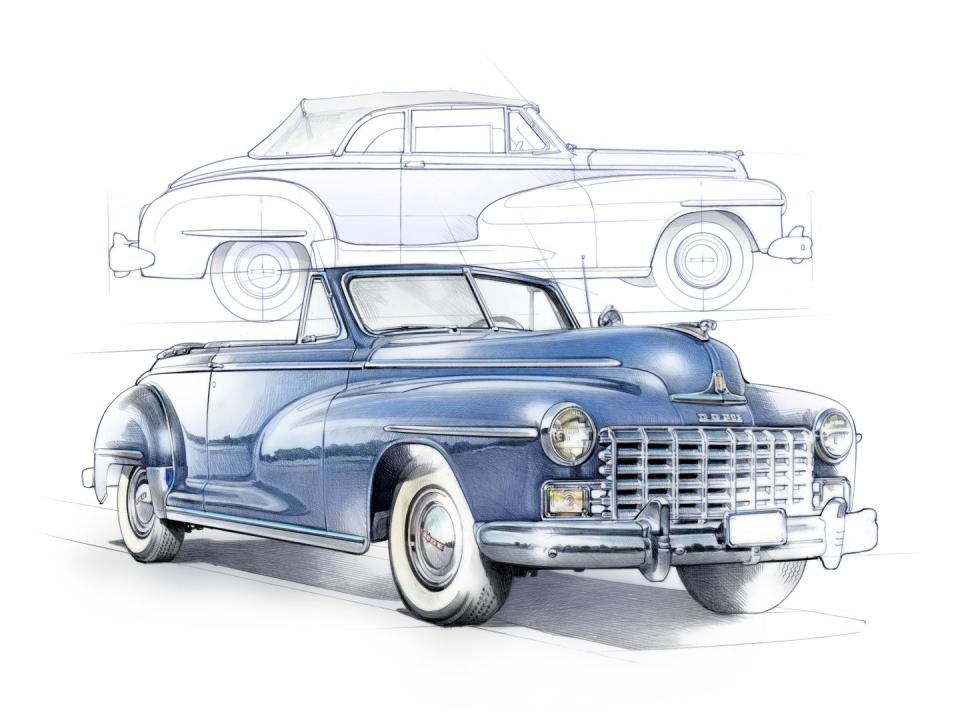
And so, in 1958, he bought his first Ferrari. A friend, Allen Eager, had introduced him to Luigi Chinetti’s Ferrari showroom. Eager was a saxophonist who’d played with Charlie Parker. Eager, who was white, taught horseback riding and loved cars so much that in 1961, he took first in the GT division at the 12 Hours of Sebring, driving a Ferrari 250 GT alongside the one and only Denise McCluggage, who had her own friendship with Davis.
At Chinetti’s Ferrari showroom, Davis fell in love. And this was a love that would never fade. He’d spend hours in Chinetti’s place, moving from car to car to see how each felt, discussing the particulars of the engines, watching the mechanics in the garage.
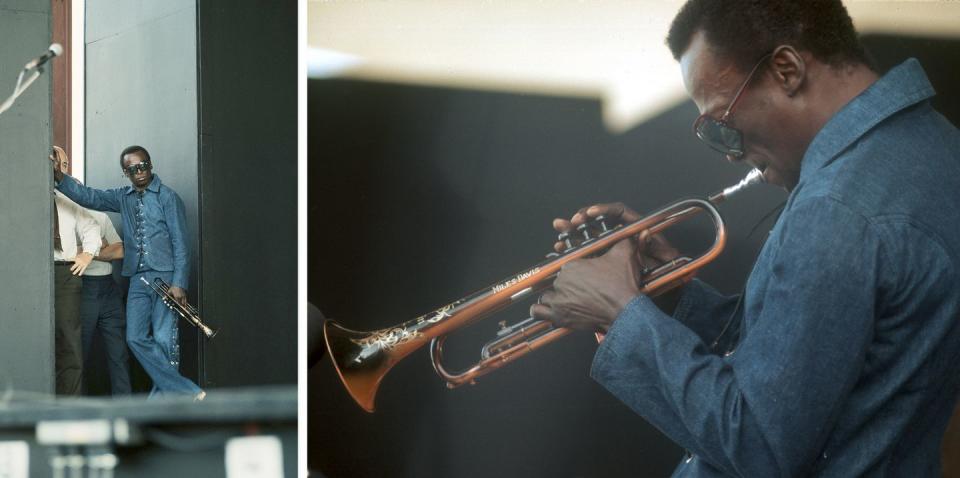
His first Ferrari was white, not red. Buying off the showroom floor was still out of reach, so he spent $8500 (about $88,000 in today’s dollars) on a used one. He did not save this car, or any of the Ferraris or Lamborghinis that followed, for weekend use. He drove it everywhere. For any gig that wasn’t on the West Coast, he would arrive in style. He enjoyed showing off what it could do—or more precisely, what he could do with it—to his passengers. In 1960, he drove the Ferrari down to Philadelphia for a show. While there, he picked up saxophonist Jimmy Heath, a Philly native who also loved cars. The two rode around town, talking about music, Davis complaining that Sonny Stitt—his current sax player—was screwing up on “So What,” the opening cut on Kind of Blue, then just a year into its reign as the best-selling jazz album of all time.
“I was showing him how fast the car ran on Broad Street, where the speed limit is about twenty-five miles an hour,” Davis remembered in his autobiography. “I told Jimmy this car could make all the lights before they turned red or yellow. So I gear down and the car is moving at fifty-five miles an hour before he could blink, right? His eyes were bulging out of his head and we’re making all the motherfucking lights. The car is moving so fast and low it’s just whistling. We’re going real fast and run up on a light that changes and I got to hit my brakes, right? But I know what I got, and I know the brakes are going to hold and we’re going to stop on a motherfucking dime. So I gear down from about sixty miles an hour and stop on a dime . . . like I knew it would, and Jimmy just couldn’t believe it.” Next to them were two cops, who rousted them looking for drugs (the two musicians had pursued both music and heroin together in the past; Heath was on parole, and Davis was six years past his habit, though cocaine was part of his life). The cops found nothing, but as always, Davis was a Black man with power, style, and speed to spare, and they were there. “Man, it was a drag.”
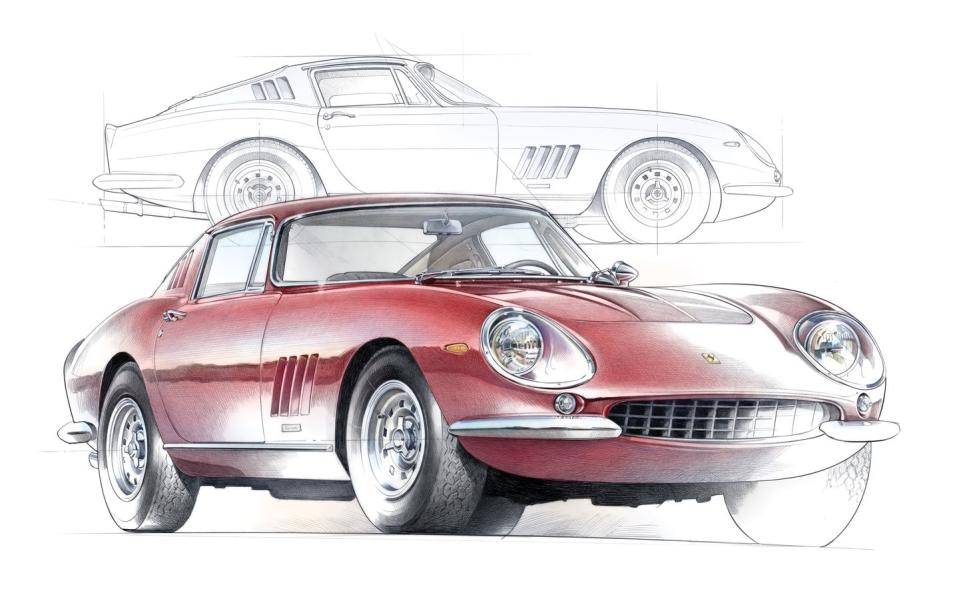
The Ferrari 275 was one of a handful that Davis owned—there was a 308 and a Testarossa in his collection, along with his first car, a 1948 Dodge convertible that Sonny Rollins nicknamed the “Blue Demon.” They used to roll around town copping heroin in it, but soon enough the dope meant that car was repossessed.
The propulsion he found so captivating in cars—the feeling of moving forward—turned to his music. In the mid-Fifties, after a decade of playing that included the landmark Birth of the Cool sessions, Davis began playing with a mute, cultivating a whole new mystique of quiet, stealthy precision.

“In a time when the trumpet player symbolized a certain kind of modern man—a high, loud, and virile player, technically proficient, a master of this piece of instrumental machinery—Miles played soft and low, turning the trumpet into an organic extension of himself, hitting wrong notes along the way as though to remind the audience that it was a human performance and not a didactic essay on modernism,” wrote John Szwed in the biography So What: The Life of Miles Davis.

 Yahoo Autos
Yahoo Autos 